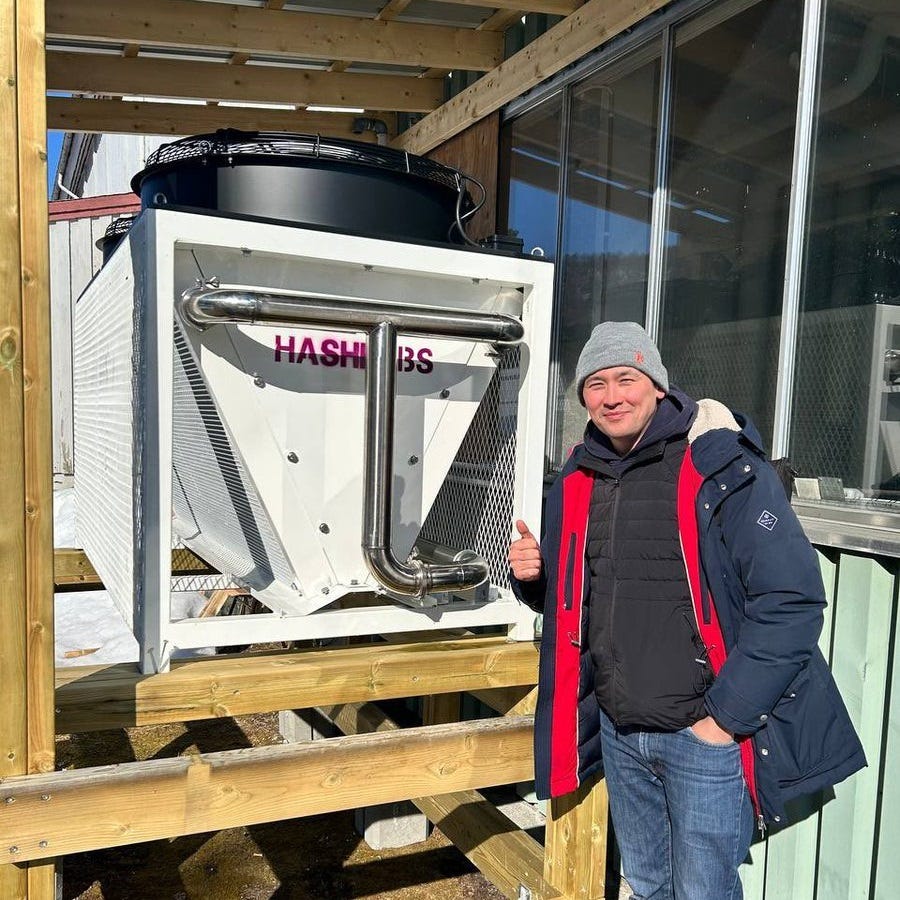Why mining will never be unprofitable
Dear subscriber
This month we look in depth at the “Will mining ever become economically unsustainable?” question.
The thesis goes like this “Bitcoin is vulnerable because it depends on mining companies securing the network. However if mining becomes unprofitable, there goes their incentive to secure the network, and there goes the security of the network.
In this newsletter I’ll explain a couple of the major oversights that cause this question to arise in the first place, based as usual on data, not opinions.
First though let’s take a look at some highlights over the last month.
Top Picks
Cambridge's recently released report on Bitcoin mining marks a shift in the conversation around its environmental impact. For the first time, it shows that most of the Bitcoin network (52.4%) is powered by renewable energy sources, up from 37% in their previous report. Other major findings in the report include:
26% of mining happens off-grid, often using sustainable energy.
A drop in emission intensity to 288.2 g CO₂e/kWh. This is significantly lower than previous estimates and other major industries.
86.9% of Bitcoin mining equipment is being reused or recycled.
This is big. Cambridge is widely considered the gold standard by policy makers and regulators. But this report got virtually no media attention, so its up to us to make sure that this report is understood far and wide.

One persistent myth that the Cambridge report dismantles is the idea that retired Bitcoin mining equipment has a polluting effect. With the vast bulk of ASIC machines ending up sold, recycled, or repurposed, it's evident that the Bitcoin e-Waste story was only ever that, a story.
DARI's follow-up report further debunks the myth, revealing that mining equipment lasts much longer than critics claim, lacks toxic materials, and is often repurposed to run on intermittent energy once it has been fully ammortized.
Trailblazers
In Norway, Raran Mellerud’s Hashlabs has deployed a small, decentralized, mining-powered heating system designed for drying firewood. The 250 kW Bitcoin mining plant uses hydro-cooled machines to generate 65°C hot water, which is circulated through radiators to heat three industrial buildings, significantly lowering heating costs.
Hashlabs plans to roll out more of these small-scale systems across the region in the coming years.
Meanwhile, Bitcoin mining in Ethiopia, powered mostly by renewable energy, continues to grow with the addition of 52 MW of electricity sourced from the Grand Ethiopian Renaissance Dam, a major hydroelectric facility.
This latest expansion by Phoenix Group brings its total mining capacity in the country to 132 MW and pushes its global capacity to 500 MW, contributing to the broader shift toward more sustainable and environmentally friendly mining practices.
Features
I sat down with Nik from The Bitcoin Layer podcast to unpack the latest Cambridge report. Watch ( ~ 37 min).
In this chat with Sean Longstreet on the Leather Wallet podcast, I share how I went from a Bitcoin skeptic to a supporter, what I've learnt about Bitcoin mining, and why I became an advocate for Bitcoin’s climate and humanitarian potential. Watch ( ~ 1 hr).
Lastly I sat down in an episode of the Archie Podcast earlier in the month, to discuss among other things Bitcoin’s emerging convergence with AI. Watch ( ~ 2 hours).

